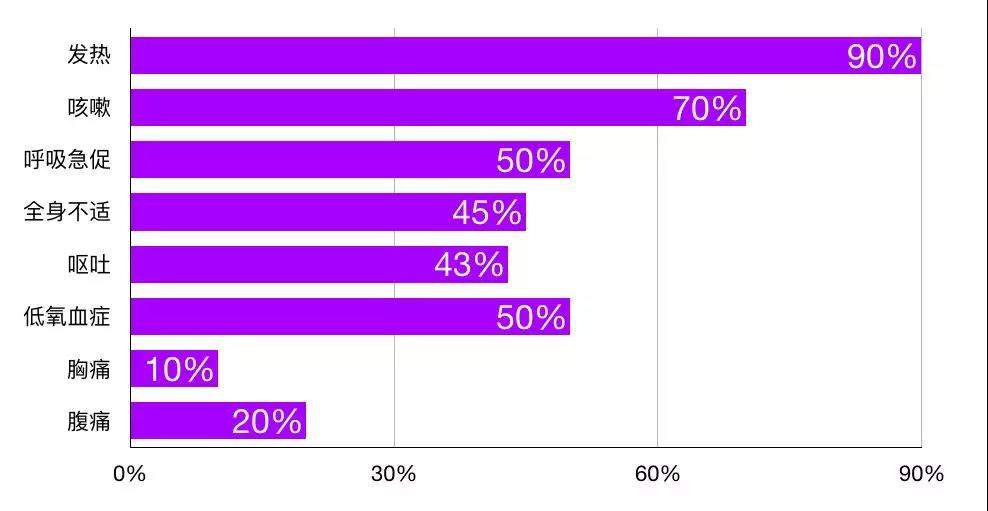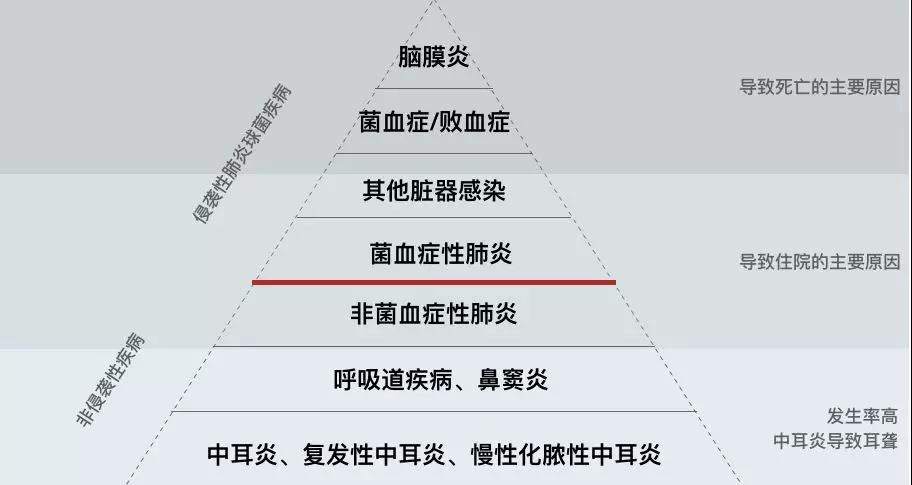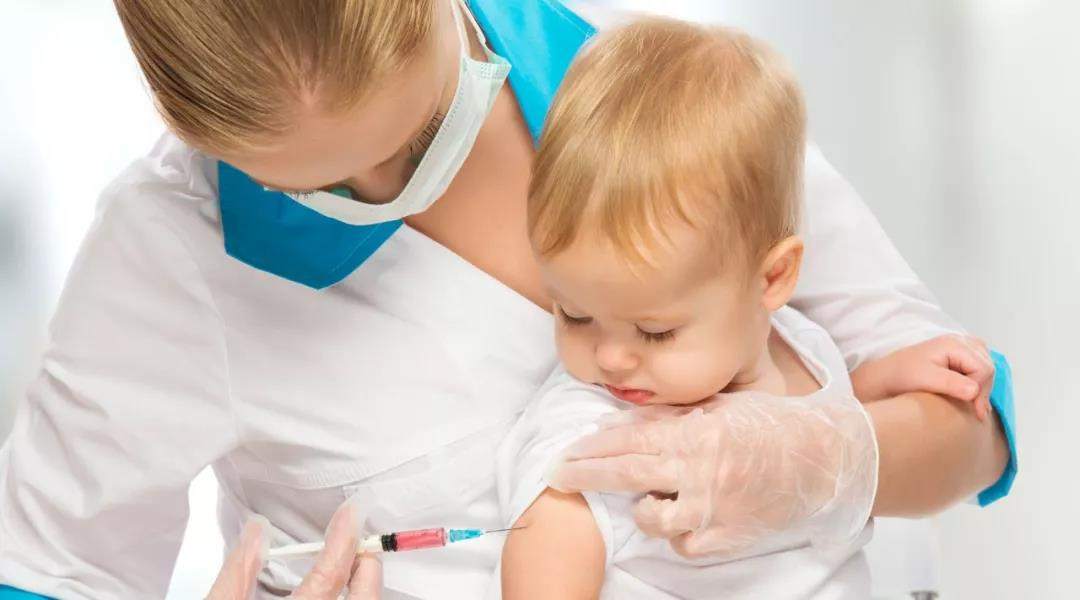We are treading on thin ice when we are pregnant in October. We are careful to protect the child’s health.
But do mothers know that we can only give the mother-to-child antibody a 6-month shelf life.
After 6 months of age, these antibodies basically disappear, and children’s chances of contracting various pathogens are also increasing. Pneumococcus is one of the more cunning pathogens.
Once, about 476,000 children worldwide died of pneumococcal infection every year.
1. What is pneumococcus?
Pneumococcus is the most common pathogen causing bacterial pneumonia and the most common culprit causing child deaths worldwide.

2. Pneumococcus lives in human body everyday, waiting for an outbreak.
Pneumococcus is very [cunning]. It is transmitted by droplets. After infection, it does not necessarily suffer from the disease. It can settle in human nasal cavity, throat and even lower respiratory tract for a long time.
They are just waiting for the opportunity to go out, waiting for the body’s immunity to be low or infected with other pathogens (such as influenza, etc.), to rapidly multiply and invade lung cells, and the disease develops rapidly.
Pneumococcal infection, the most common symptoms (not limited to the following) and the approximate probability are:

Pneumococcus generally resides in nasopharynx and is transmitted by respiratory droplets. The form of transmission is hidden and is not easy to attract attention. The carrying rate of children can reach 85% [3].
3. Harm of pneumococcal infection
Pneumococcus can not only induce bacterial pneumonia, but also lead to various complications, such as bacteremia, septicemia, meningitis, otitis media, sinusitis and various organ infections (such as pericarditis, liver abscess, pancreatic abscess, etc.).

These diseases may not be easily cured for strong young people, and are even more serious or even fatal for weak children.
Once complications occur, hospitalization is often required for 2 weeks to improve.
The World Health Organization estimates that 1.6 million people worldwide die of pneumococcal infection every year, of which 460,000 are infants. About 2 million people in China are infected with pneumococcal infection every year, of which 30,000 children die young [3].
4. Which groups do pneumococcus like to invade most?
Global research data have found that pneumococcus mainly invades children aged 6 months to 2 years.
When the baby is just born, the body has sufficient [maternal antibody], which can support the baby against various pathogens [umbrella].
However, this kind of mother’s [umbrella] basically disappears when the child is 6 months old.

In addition, babies under 2 years old are more likely to be infected with pneumococcal diseases because their immune function is not yet mature.
No matter in the United States, Europe or China, the incidence rate of pneumococcal diseases among children under 2 years old is the highest (among which, Europe is the highest between 7 months old and 1 year old) [1].
How to treat pneumococcal infection?
Up to now, sensitive antibiotics are still the first choice for clinical treatment of pneumococcal diseases.
However, unfortunately, pneumococcus can produce obvious drug resistance to commonly used antibiotics and is becoming more and more serious.
This is a very serious problem!
Research data show that the proportion of multiple drug resistance of pneumococcus in China (i.e. The bacteria are resistant to at least 3 antibiotics at the same time) exceeds 80% [1].
This shows that in most cases, diseases caused by pneumococcus need to be effectively treated with multiple antibiotics simultaneously or alternately, greatly increasing the difficulty of treatment.
Vaccine prevention is more important
In view of the great dilemma of antibiotic resistance, the World Health Organization (WHO) has listed pneumococcal diseases as [diseases with extremely high priority for vaccine prevention]. The importance is higher than other diseases such as rotavirus and chickenpox.
Up to now, pneumonia vaccine has been included in the list of free vaccines by 115 countries and regions in the world, with a total of more than 1 billion doses vaccinated. Its safety and effectiveness have been widely verified.
After summarizing the global monitoring data, WHO believes that the incidence rate of pneumococcal infection diseases has been significantly reduced in countries routinely vaccinated with pneumococcal conjugate vaccine. In some areas, infectious diseases of pneumococcal serotype covered by vaccine have almost disappeared.

What is the most suitable age for vaccination?
It is recommended that children should be vaccinated as soon as possible when they reach the age of 6 weeks (1.5 months).
At present, in mainland China, the general vaccination procedure for pneumococcal conjugate vaccine is 3 +1: that is, children are vaccinated with 3 doses between 1.5 and 7 months old, with an interval of 4 to 8 weeks between the two doses; At the age of 12 ~ 15 months, one dose was strengthened, totaling 4 doses.
Possible Inoculation Reaction and How to Deal with It
There is no obvious difference between the adverse reactions of pneumonia vaccine vaccination and other infant vaccines. The common reactions are fever, loss of appetite, redness and swelling at the injection site, pain, etc., but they can generally heal themselves without special treatment.
If the fever exceeds 38.5 degrees Celsius and the baby has other symptoms such as listlessness and lethargy, you can use antipyretics according to the instructions to make the baby as comfortable as possible. Antipyretics will not affect the protective effect of the vaccine.
At present, the effective ingredient of all pneumonia vaccines is capsular polysaccharide on the surface of pneumococcus. The vaccine does not contain any living microorganisms (pneumococcus), which will not lead to various invasive diseases such as pneumonia caused by vaccination. Parents and babies can rest assured that children are recommended to be vaccinated as soon as possible when they are 6 weeks old (1.5 months old).
